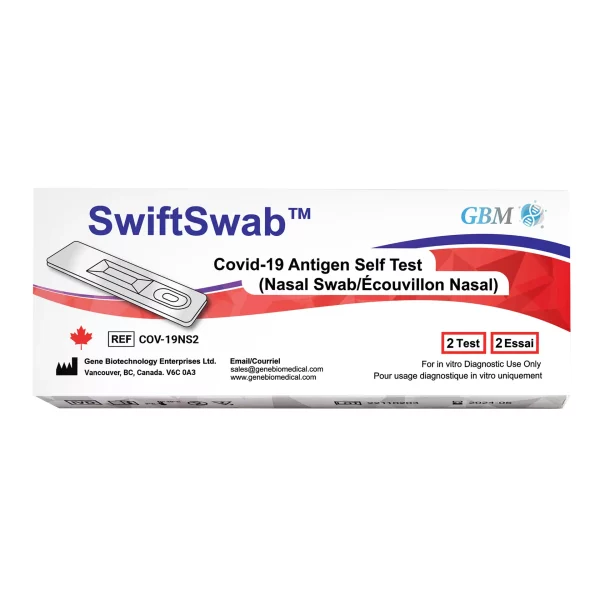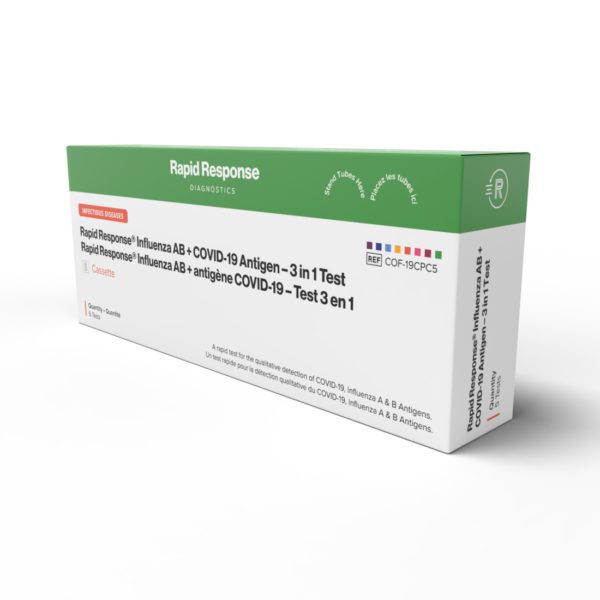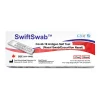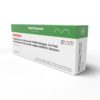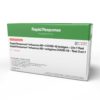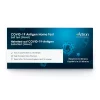HIV (Human Immunodeficiency Virus) is a serious health condition affecting millions worldwide. In 2021, about 1.2 million Americans have HIV and 13% don’t know that they have it.
Early detection is vital in managing the infection and preventing its transmission, especially that the early symptoms of HIV infection may resemble common viral infections.
If a person suspects recent exposure to HIV, immediate testing is recommended, even before the typical detection window period. If initial tests return with negative results, follow-up testing may be necessary.
In this article, we will explore the following:
- When and who should get tested for HIV
- What are the different HIV test types
- Where can you go for testing
- How fast can tests detect HIV
- When can you receive your HIV test result
Who should get screened for HIV?
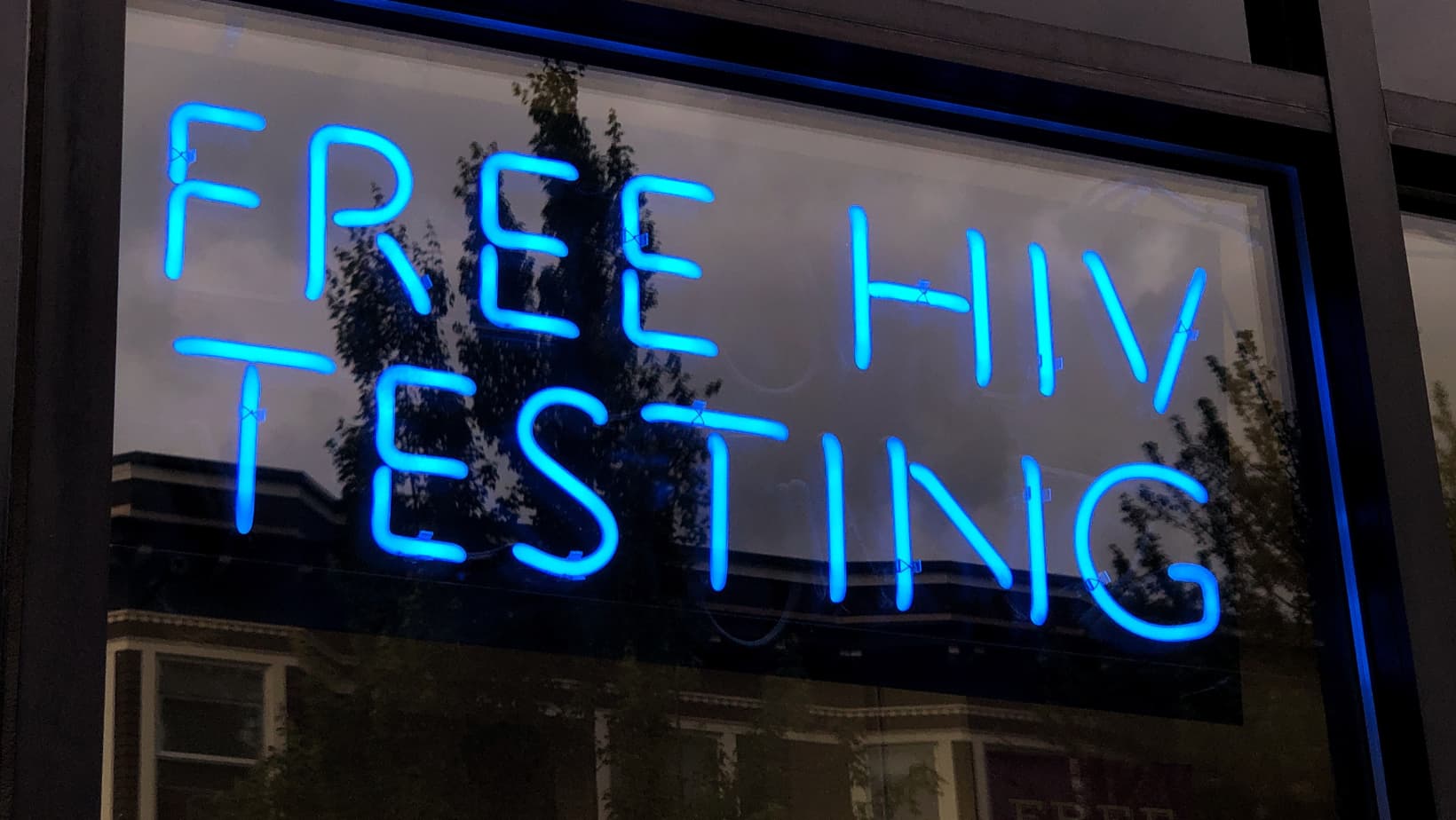
HIV testing is a critical component of public health efforts to control the spread of the virus. Identifying HIV infections early allows persons living with HIV to access appropriate medical care, receive timely treatment, and take necessary precautions to prevent transmission to others
The CDC recommends people from 13 to 64 years old to undergo HIV testing as part of routine healthcare. For certain populations and individuals with specific risk factors, we recommend doing HIV testing on a more frequent basis.
Individuals with specific risk factors:
Certain behaviors and circumstances increase the risk of HIV transmission. It’s important for people who engage in the following activities to get screened for HIV regularly:
- Unprotected sex: People who engage in condomless sex must undergo testing at regular intervals, ideally every three to six months.
- Sharing needles: People who use injection drugs should prioritize regular HIV testing to ensure early detection and appropriate care.
- Known exposure: If the person engaged in unprotected sex or shared needles with someone who is HIV-positive or of unknown HIV status, immediate testing is advised.
Specific populations
Those who are disproportionately affected by HIV need to undergo regular HIV screening. These populations include:
- Men who have sex with men (MSM)
- Transgender individuals
- Commercial sex workers
- Individuals with multiple sexual partners
Pregnant people:
Pregnant people can transmit HIV to their child during pregnancy, childbirth or breastfeeding.
We recommend routine HIV testing as part of prenatal care to identify infections early and provide appropriate interventions, such as antiretroviral therapy, to prevent mother-to-child transmission.
Healthcare workers:
Healthcare workers, including those who may be exposed to blood or body fluids, should undergo regular HIV testing as a precautionary measure.
New sexual relationships:
One of the best practices before starting a new sexual relationship is HIV testing for both partners. This promotes open communication, trust, and responsible behavior, fostering a safer sexual environment.
Types of HIV Ttests

Since HIV’s discovery in 1983, medical technology has developed several types of HIV tests, each with its own strengths, limitations and purposes.
Here are the commonly available types of HIV tests.
Antibody tests:
As the most widely used HIV tests, antibody tests detect the presence of antibodies produced by the immune system in response to HIV infection. These tests are typically conducted using blood samples, but some can also use oral fluid or urine.
Antibody tests have varying window periods, which refers to the time it takes for the body to develop detectable levels of antibodies after infection.
Antigen/antibody tests:
Antigen/antibody tests are highly sensitive and can detect HIV antigens, which are proteins produced by the virus, and antibodies. These tests are commonly performed using blood samples and are capable of detecting HIV infections earlier than antibody tests alone.
Nucleic Acid Tests (NAT):
Nucleic acid tests, also known as NAT or RNA tests, directly detect the genetic material (RNA) of the HIV virus in blood samples.
NAT is typically used in specific situations, such as:
- Early diagnosis of high-risk individuals
- Identification of acute HIV infections
- Blood transfusion screening
- Organ donation sample screening
Home-based tests:
Home-based HIV tests, which may be antibody-based or a combination of antibody and antigen detection, are designed for convenient and private testing in the comfort of one’s home.
They provide step-by-step instructions for sample collection, which may be oral fluid or blood samples from finger pricking, interpretation of results and guidance on seeking follow-up care if necessary.
Positive results from a home-based test should always be confirmed through additional testing at a healthcare facility.
Each of these HIV tests has its own benefits and limitations. You can choose the most appropriate one based on the following:
- Personal circumstances
- Time since potential exposure
- Purpose of testing
- Availability of other testing options
Where can you get tested for HIV?
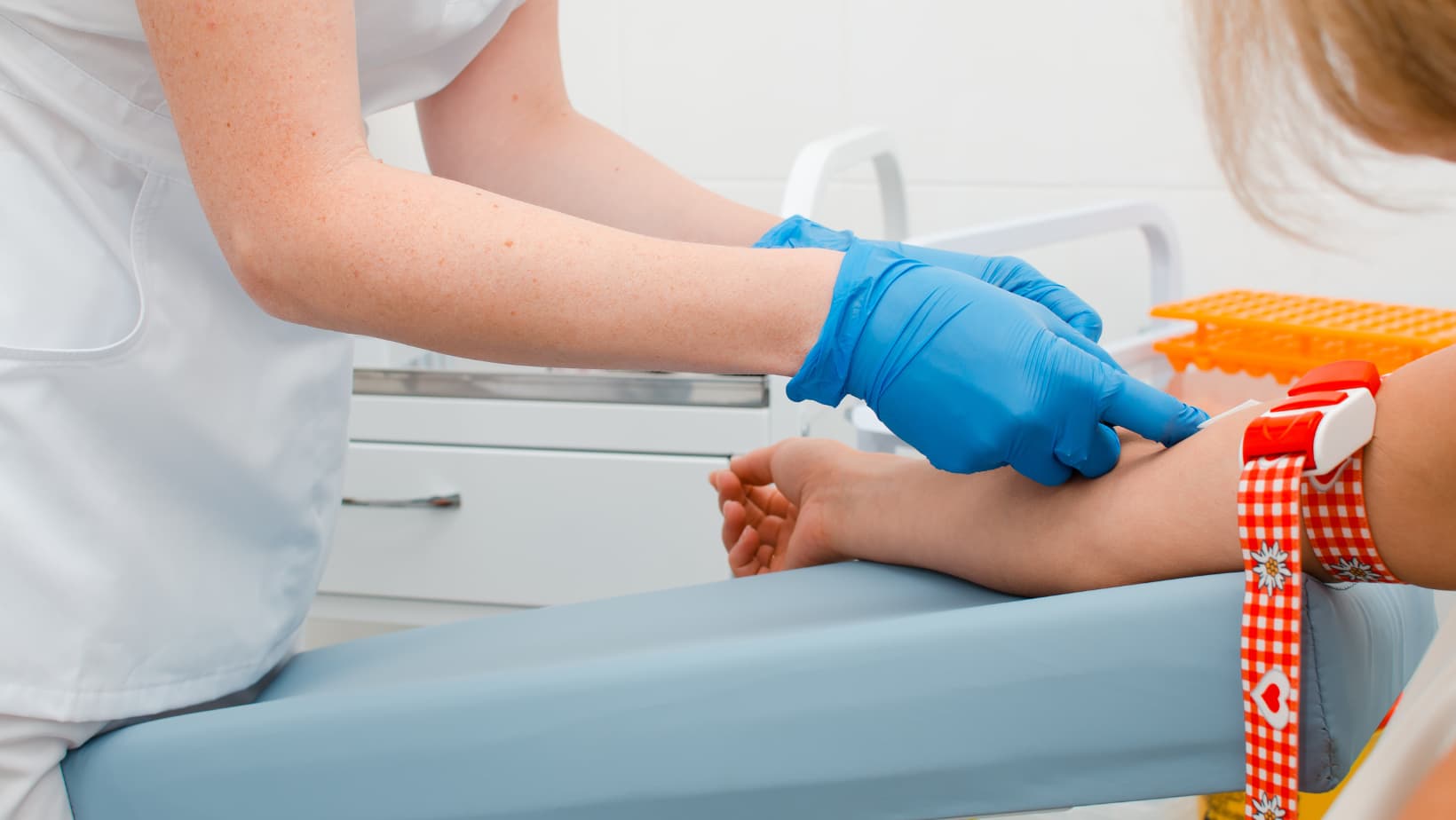
Healthcare settings are one of the best places to perform HIV testing because of the availability of medical professionals who can provide you with proper support. These places include:
- Clinics
- Hospitals
- Community health centers
- Private healthcare facilities
If you don’t have access to these places, many local health departments and organizations also provide confidential and anonymous testing services.
You can also purchase a home-based HIV test from a reputable and trusted brand and test within the comfort of your home. However, a positive result from a home-based test kit should always be supplemented with a confirmatory test from a healthcare facility.
How soon can a test detect HIV?
The timeframe for detecting HIV depends on the type of test used and the stage of infection. Here are the most common testing methods ranked based on how fast they can detect HIV:
- Nucleic acid tests: 7 to 10 days after exposure
- Antigen/antibody tests: 2 to 6 weeks after exposure
- Antibody tests: 2 weeks to 2 months
If the person suspects a recent exposure , a follow-up test is necessary even if they receive an initial negative result.
Should you wait to take an HIV test?
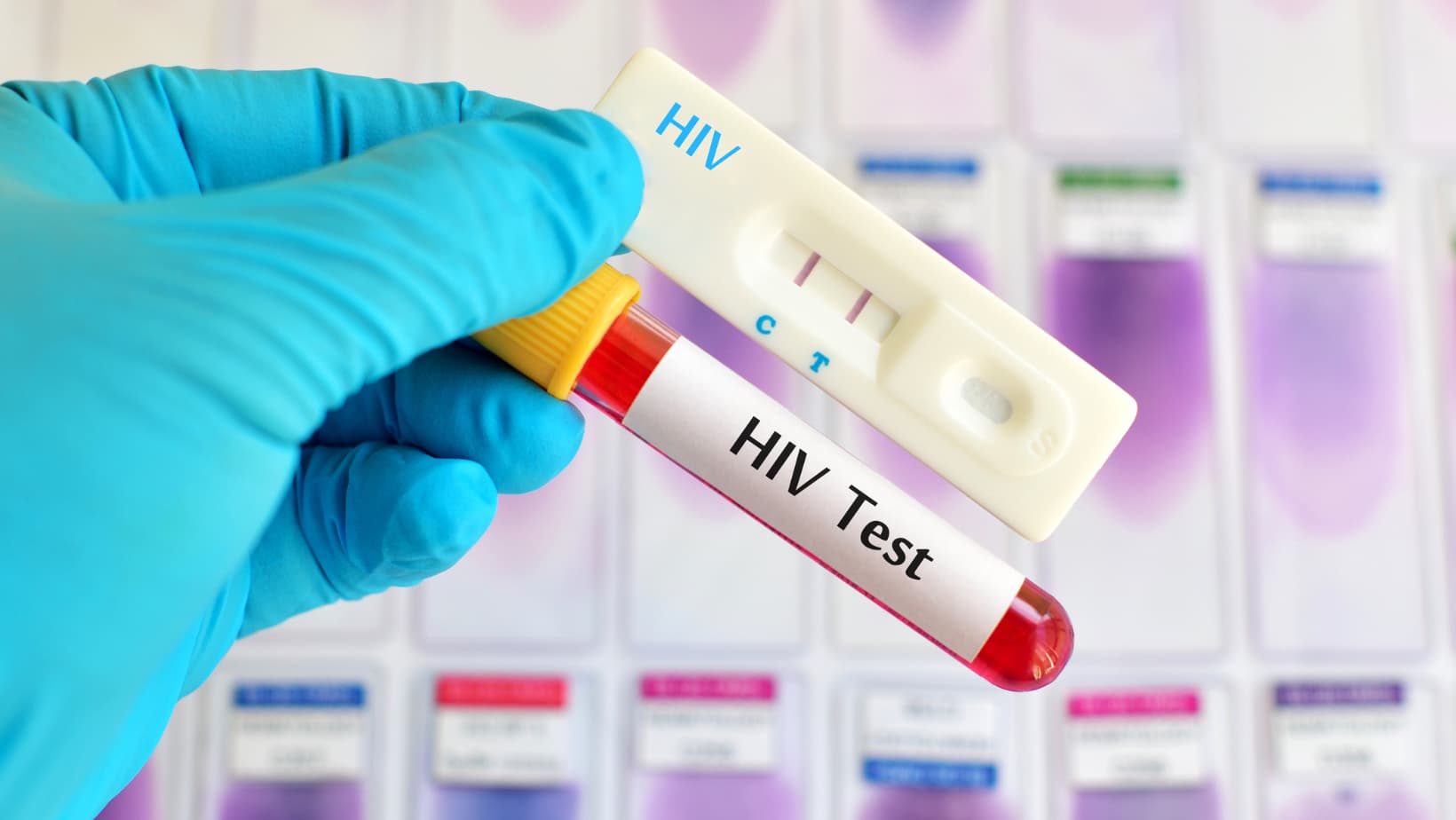
No. If you suspect exposure to HIV, you should take an HIV test immediately.
The virus can take time to develop detectable levels, but early testing is crucial for a timely diagnosis, management and transmission prevention.
How soon will you get the result?
The time it takes to receive HIV test results varies depending on the testing facility and the type of test conducted.
- Rapid tests, including home-based test kits: Within minutes
- Laboratory-based tests: A few days to a week
In some cases, healthcare settings provide counseling services to support people during the waiting period and to help them understand the significance of the test results.
Takeaway
HIV testing is a part of a regular health check routine, although frequency may vary depending on your behavior and potential for exposure. If you test positive or if you suspect an exposure, consult with a medical professional so they can help you with the next steps.





